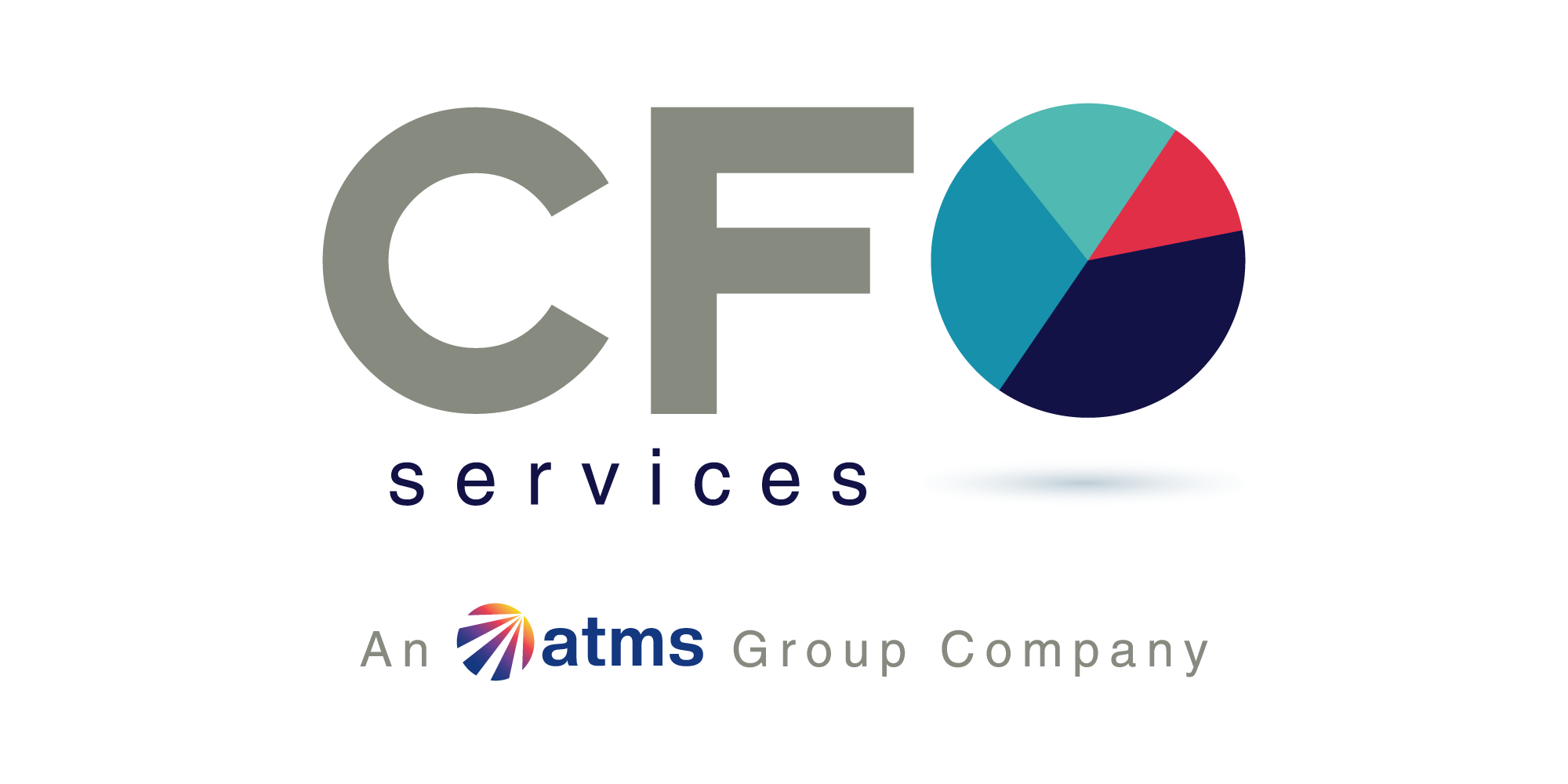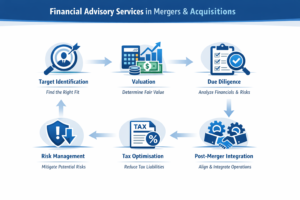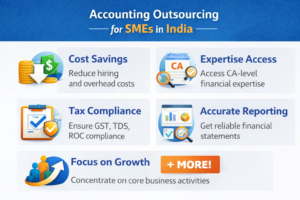Top 5 Signs Your Business Needs a CFO
Many business owners have heard that “Cash is King”. Cash is very important not only in our personal lives but in business too. Without sufficient cash, business cannot run smoothly and may go into bankruptcy. Enough bank balance helps businesses to have enough liquidity for expansion or growth and even to meet unexpected contingencies or expenses.
Running business is complex!
From procurement of goods or raw material to finished goods there are many steps involved. This is were working capital cycle comes into play. So what is Working Capital Cycle?
Working Capital Cycle is a length of time taken by a business or an enterprise to convert its investment (net current assets) into cash. This is also called as cash conversion cycle. Working Capital Cycle is one of the important metrics to understand the health of a business. It reflects its ability of a business to convert its current assets and current liabilities to generate cash flow. We have observed that many SME business owners don’t know their exact Working Capital Cycle of the business.
Working Capital Cycle consists of three components:
- Inventory
- Customer Receivables (Debtors)
- Payables (Creditors/Suppliers)
Formula of Working Capital Cycle :
Inventory Days + Receivable Days(debtors) – Payable Days(creditors)
Inventory is value of goods or raw material a company holds in stock. Inventory management is very crucial in any business as it impacts business cash flow. So a business owner shall avoid to hold unwanted or excessive inventory levels.
Customer Receivables means the amount receivables for the goods or services sold to the customers on credit basis. This is the amount outstanding from the customers. This always varies from industry to industry. More the avg. no of days receivables, the greater the working capital cycle. This should also be regularly monitored by business owners so that we recover the amount from our customers on timely basis.
Payables means the raw material/finished goods that we have bought from suppliers on credit terms and which are payable by us. By extending the credit period a company can delay the cash outflow. Hence longer the credit period, the better the working capital cycle.
The shorter the working capital cycle, the churning of working capital will be more, higher is the free cash flow generation and higher the liquidity of the company. This means the company is effectively managing the cash flows which can be utilized in growing the business. Hence companies should look in to optimizing all the above metrics i.e. Inventory days, Receivables days and Payable days.
And if the Working Capital Cycle is long, than company may run out of cash flows. And then it has to borrow funds which may result into high debt equity ratio which may also result in debt trap. And the investors definitely would not like to invest in such kind of company.
For e.g. Suppose your avg. debtors days is 90 and avg. inventory days is 45 and avg. creditors days is 30 so working capital cycle will be
Working Capital Cycle = 90 + 45 – 30
= 105 days.
This implies that the company has locked its cash for 105 days.
The above example shows the company is having Positive Working Capital Cycle. But in few cases or industries like retail businesses the Working Capital Cycle may be Negative because they sale the products on cash basis and the inventory days is less than the creditors to be paid. The negative Working Capital Cycle is sign of efficiency in businesses with low inventory and accounts receivable. Sometimes negative working capital cycle is not good if company is in other industry in some situations this means the company is facing financial trouble if it doesn’t have enough cash to pay its current liabilities.






